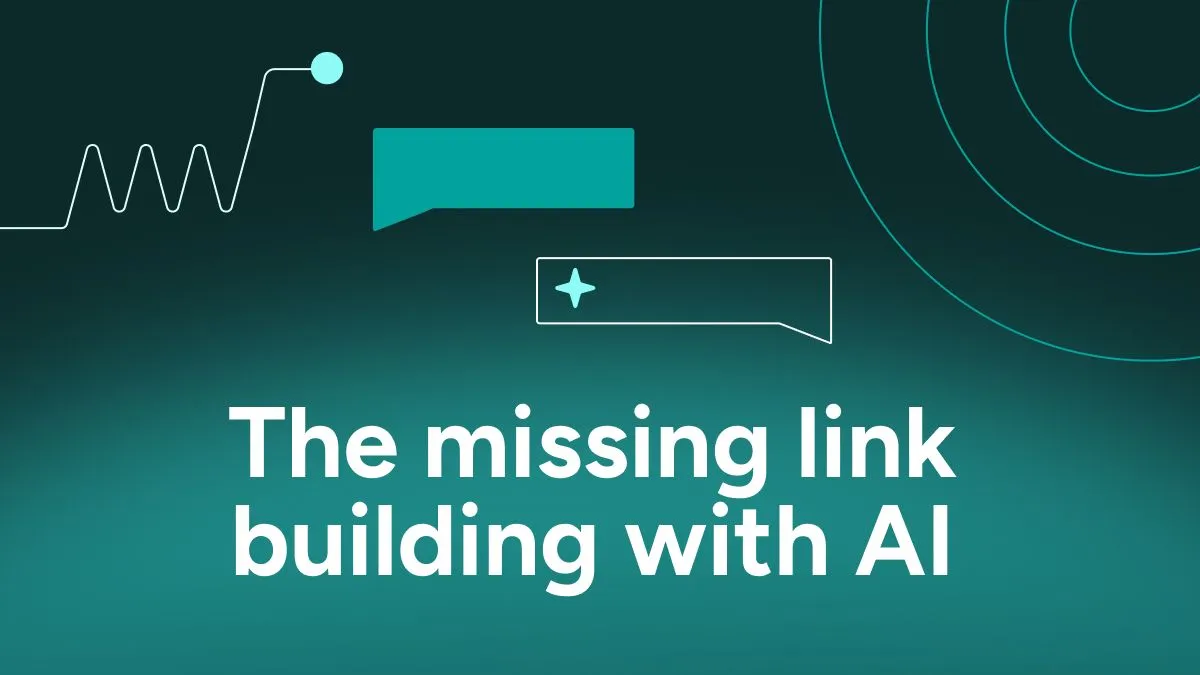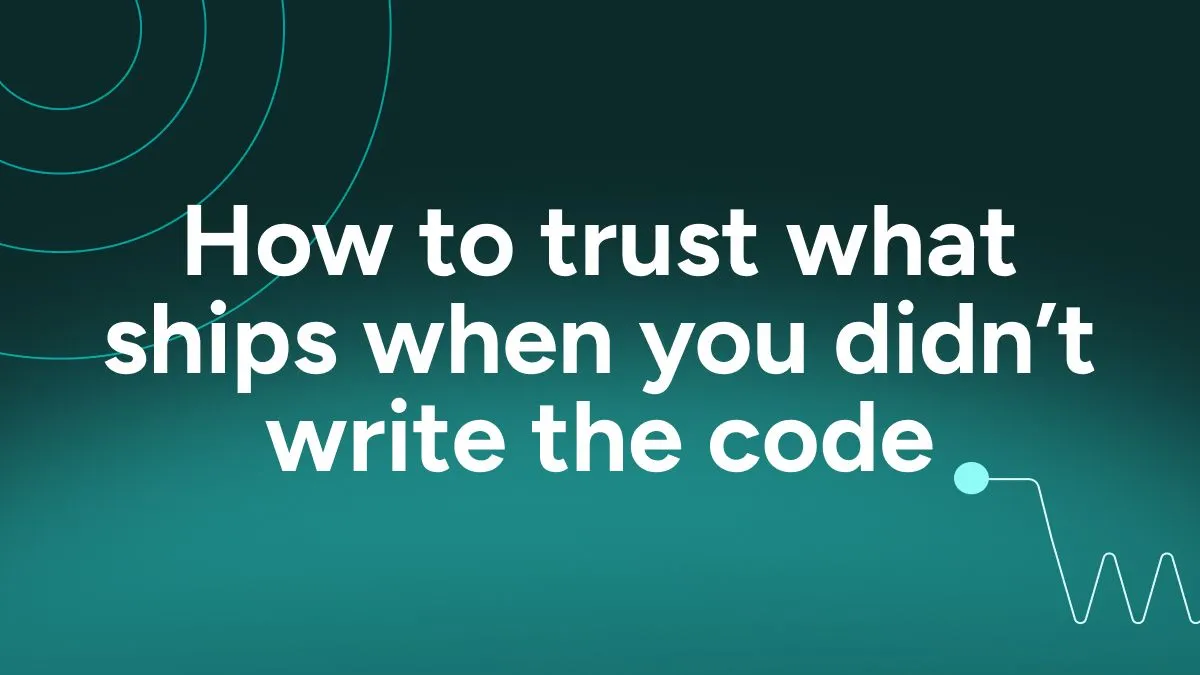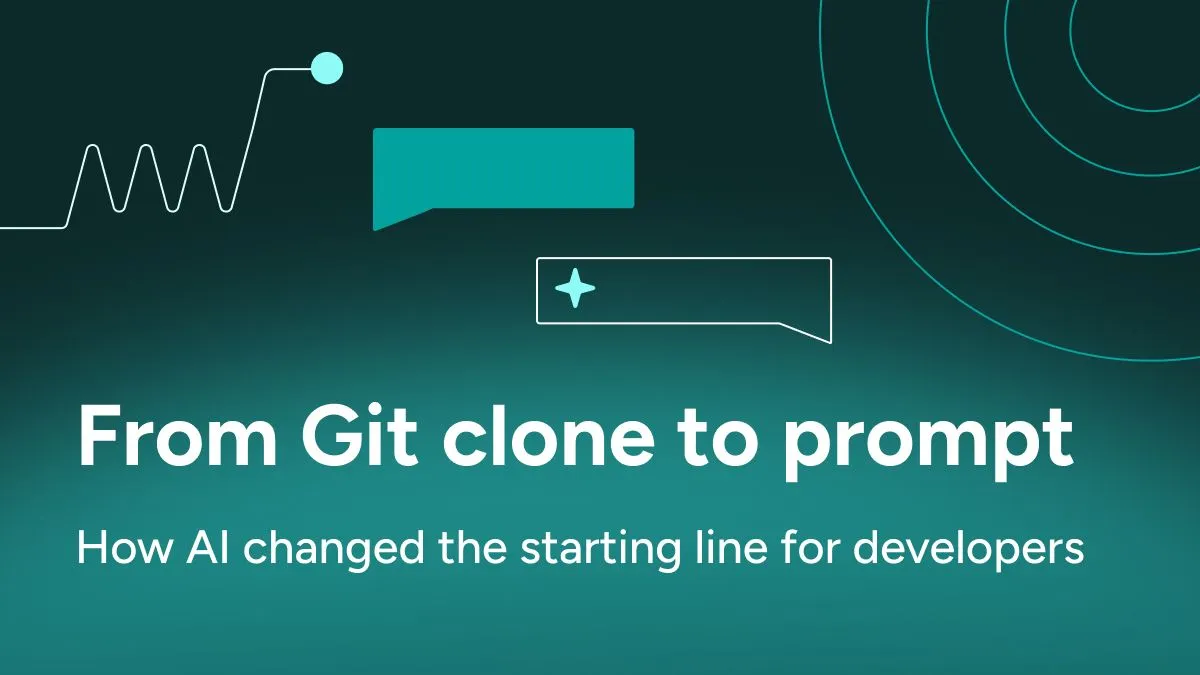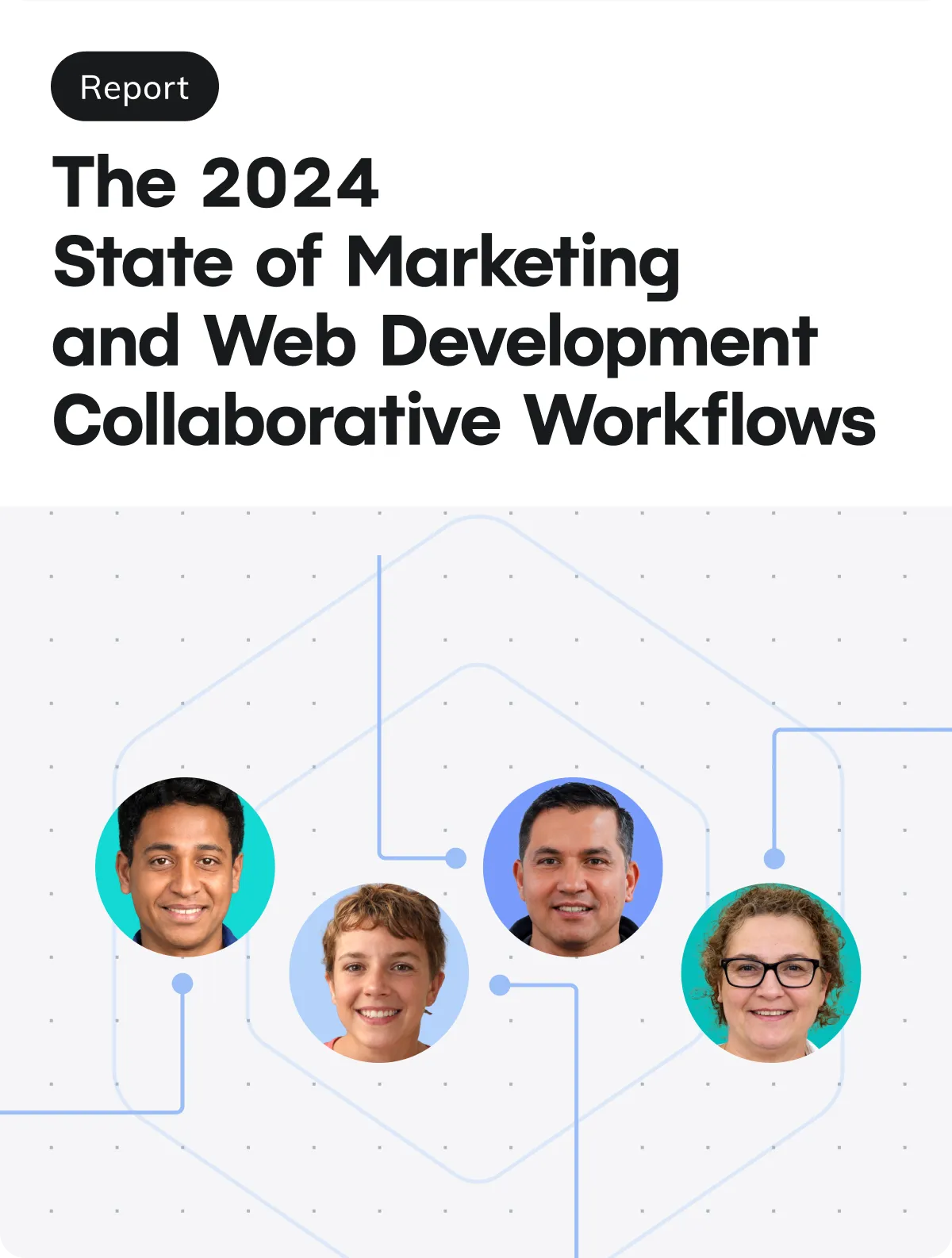Every developer has had this moment: you fire up Claude or ChatGPT, describe the React component you need, and seconds later you’re staring at what looks like production-ready code. Clean logic and styling, time magically saved.
Then reality sets in.
You spend the next two hours moving that code from the chat window to your IDE, committing it to a repo, waiting for the pipeline to build, and debugging issues you thought were solved. AI cracked the creation problem, but it also exposed a new bottleneck: everything that happens after the code is written.
The AI development workflow gap
Modern AI-assisted development sees a lot of touchpoints:
- AI chat interfaces for code generation
- AI-powered IDEs like Cursor or Windsurf
- Git repos for version control
- CI/CD pipelines for builds
- Preview environments for debugging
That’s five or more tools for a single feature, and every handoff is manual. Copy, paste, commit, wait, refresh, repeat. Each step strips away a little more of the context that made the code work in the first place. Not only is it inefficient, but the gap between tools is where we start to see workflows break down.
Why this is different
Workflow challenges aren’t a new concept. We’ve been here before. Manual deploys gave way to CI/CD, then DevOps. Each time, we addressed the pain points by creating infrastructure layers that kept pace with how developers were building.
But AI is different. For the first time, the way we create code has outpaced the systems meant to deliver it.
- Context loss: AI-generated code is logic full of assumptions that live only in the prompt. Once it’s extracted, those assumptions vanish. Debugging without that context feels like solving a puzzle with half its pieces missing.
- Iterative loops: AI development isn’t linear. Developers are accelerating iteration over and over again, and the faster we iterate, the further the gap between code generation and infrastructure widens. Simply put: Faster code generation leaves current workflows in the dust. They just can’t keep up.
What current solutions miss
Right now, the industry is sprinting in two directions:
- Smarter tools: Better models, sharper IDEs, cleverer prompts – but they only optimize individual steps.
- Closed platforms: All-in-one AI environments that promise to reduce tool switching, but often limit developer choice in exchange for convenience.
Both approaches help, but neither addresses the bigger gap: connecting tools into workflows that carry context from start to finish.
This is where Netlify is different. We’ve always been a platform, but one built around integration and flexibility, not lock-in. The goal isn’t to replace the tools developers love, but to make them work better together.
Principles for the orchestration layer
The orchestration layer of the AI era won’t replace tools, it’ll connect them. That means:
- Context continuity: Carry assumptions and decisions forward across tools.
- Validation checks: Building quality checks and human-in-the-loop opportunities directly into the flow, not bolted in after.
- Flexible integration: Support developer choice instead of locking them into one environment.
Why this matters now
AI adoption is exploding. Millions of developers are already building with prompts. Hackathons are producing more code in a weekend than startups used to ship in a year. New archetypes, like vibe coders who create entirely through conversation, are testing the limits of traditional infrastructure every day. Meanwhile, pipelines still assume slow, predictable progress. That mismatch is only growing wider as iteration becomes faster. We’re in the same kind of moment that gave rise to CI/CD: the way we build has changed overnight, and the systems beneath us haven’t caught up.
What this means for developers
For developers, the message is simple: the bottleneck isn’t creation anymore, it’s connection. Teams that learn how to design workflows that minimize tool friction will ship faster and adapt more easily.
For platforms, the mandate is just as clear: prioritize the connective tissue, not just smarter individual tools.
That’s always been Netlify’s DNA. We’re not chasing the flashiest features, we’re focusing on how the pieces fit together so developers can focus on building. The future of AI-assisted development won’t be won by the smartest model or the most advanced IDE. It will be won by systems that connect tools so effectively they fade into the background, letting developers get back to the one thing that matters: building something people actually want to use.
Let’s build together
As developers, we’ve always moved fastest when we share ideas, battle-test solutions, and push the industry forward together. So let’s talk about it. What should the connective layer for AI development look like, and how do we build it right?
Interested in how Netlify is working to bridge this gap? Join us on October 1st at 10AM PDT and be a part of the conversation.




